Leading market players are investing heavily in research and development in order to expand their product lines, which will help the roof insulation market grow even more. Market participants are also undertaking various strategic activities to expand their footprint, with important market developments including new product launches, contractual agreements, mergers and acquisitions, higher investments, and collaboration with other organizations. To expand and survive in a more competitive and rising market climate, roof insulation industry must offer cost-effective items.
Manufacturing locally to minimize operational costs is one of the key business tactics manufacturers use in the roof insulation industry to benefit clients and increase the market sector. In recent years, the roof insulation industry has offered some of the most significant medical advantages. Major players in the roof insulation market, including International A/S (Denmark), Knauf Insulation GmbH (Germany), Saint-Gobain (France), Owens Corning Corporation (U.S.), Berkshire Hathaway, Inc. (U.S.), BASF (Germany), The 3M Company (U.S.), Rockwool International (Denmark), The Dow Chemical Company (U.S.), Paroc (Finland), Beijing New Building Material (Group) Co.
Ltd. (China), and others, are attempting to increase market demand by investing in research and development operations.
BASF SE (Germany), At BASF, people are the key to long-term success, and everyone has talent. They give their employees the resources, direction, and chances they need to advance and succeed professionally and personally. BASF creates chemistry by giving the customer the assistance required to perform at their peak and achieve their goals. After all, customer success is correlated with BASF. Whatever career path customers want, BASF is a fantastic place to start.
Dow Chemical Company (U.S.), The mission of Dow Chemical International Private Limited (Dow India) is to be the world's most cutting-edge, environmentally friendly, inclusive, and customer-focused materials science company. Dow Chemical Company are dedicated to providing the best answers to your challenges. Delivering differentiated science-based products and solutions for our customers in high-growth industries like packaging, infrastructure, and consumer care, they have one of the broadest technology portfolios spanning performance materials, industrial intermediates, and plastics. With six locations nationwide, we are a Great Place to Work® certified company that employs over 1000 people.
One commercial office, three centers of excellence, and three manufacturing facilities are among them.
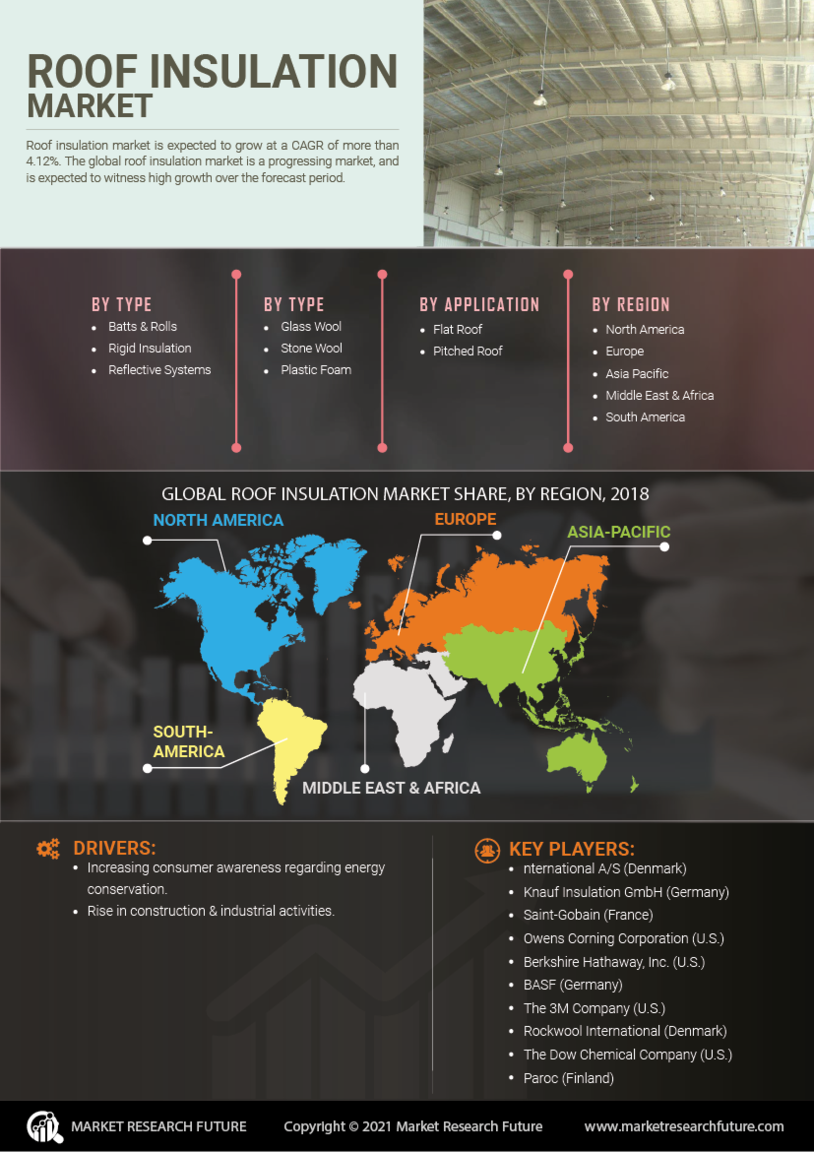

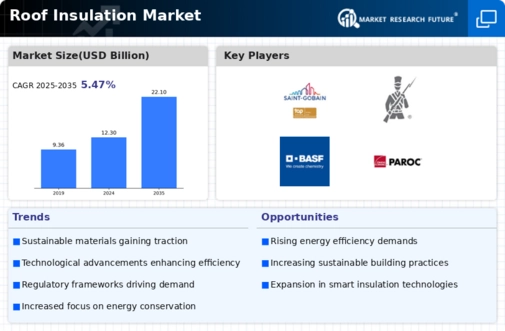
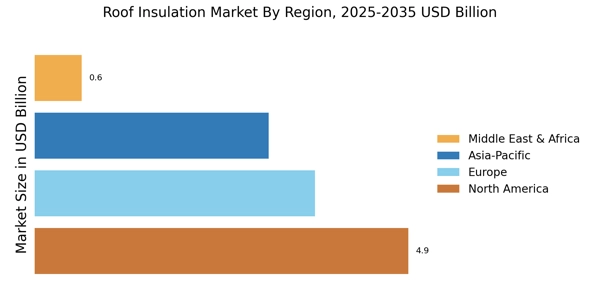

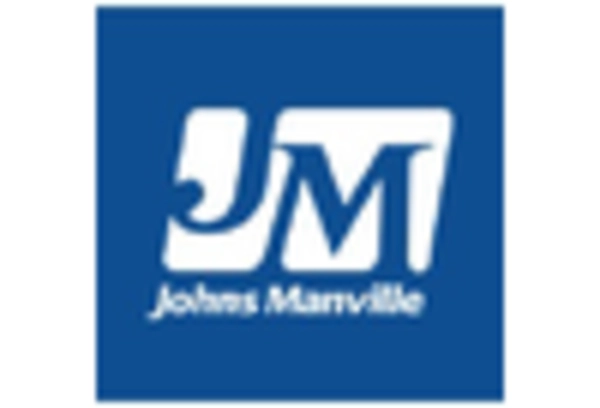
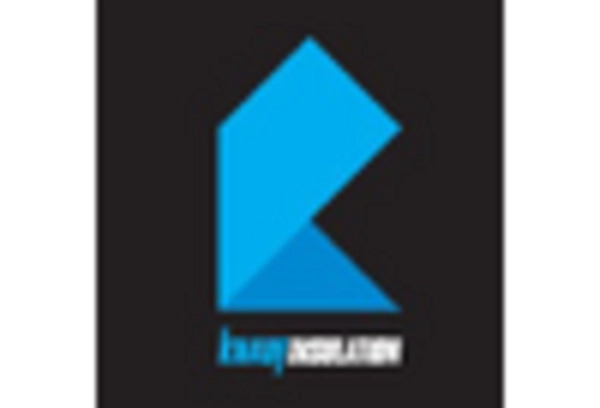

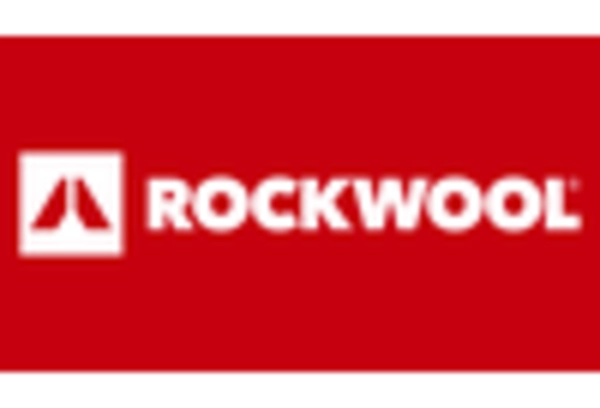
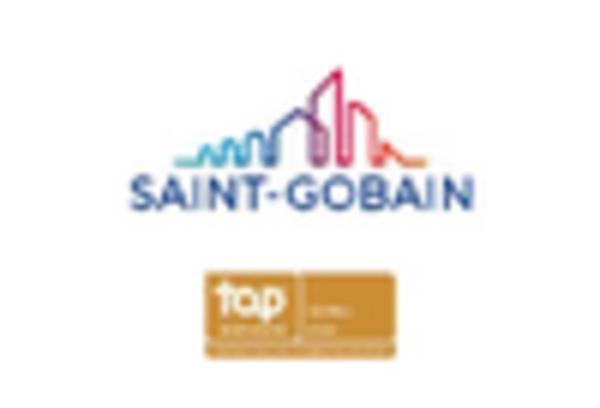








Leave a Comment